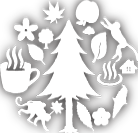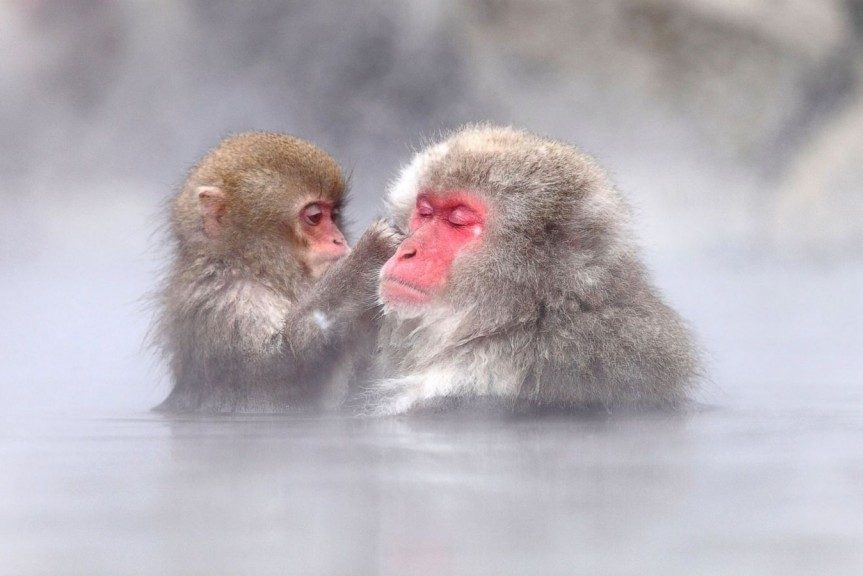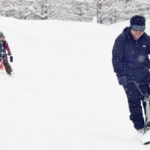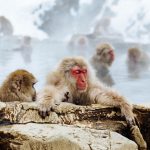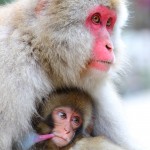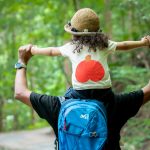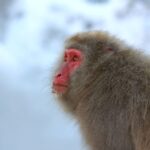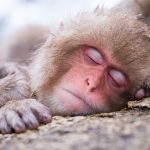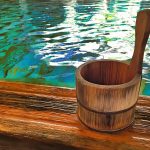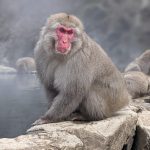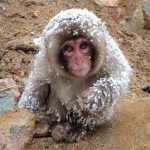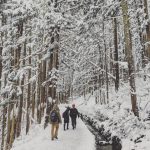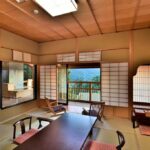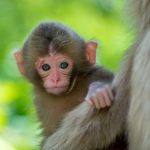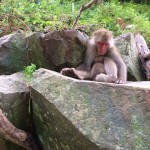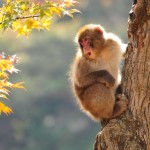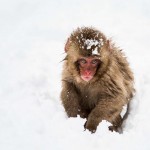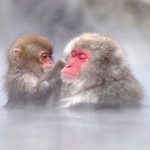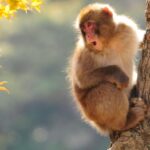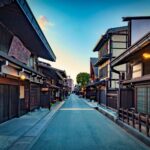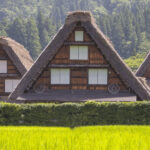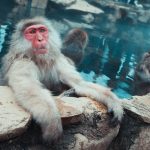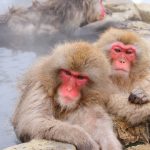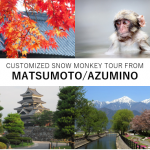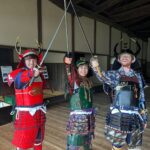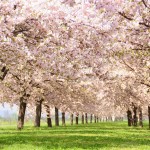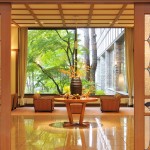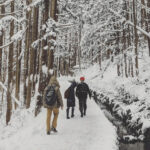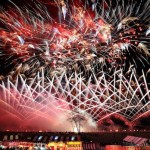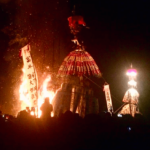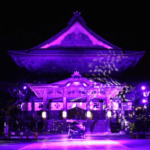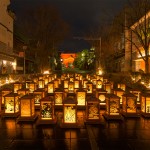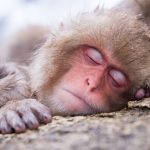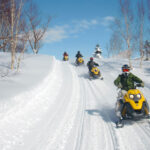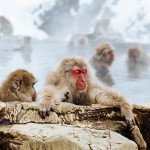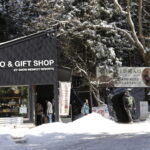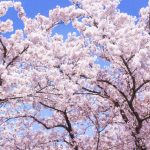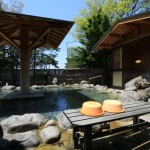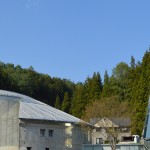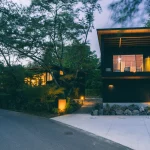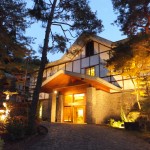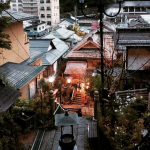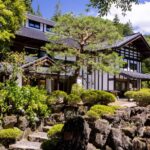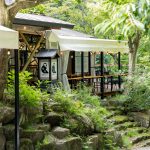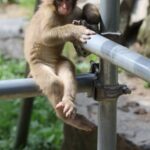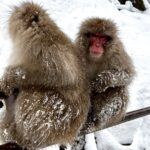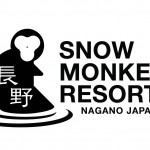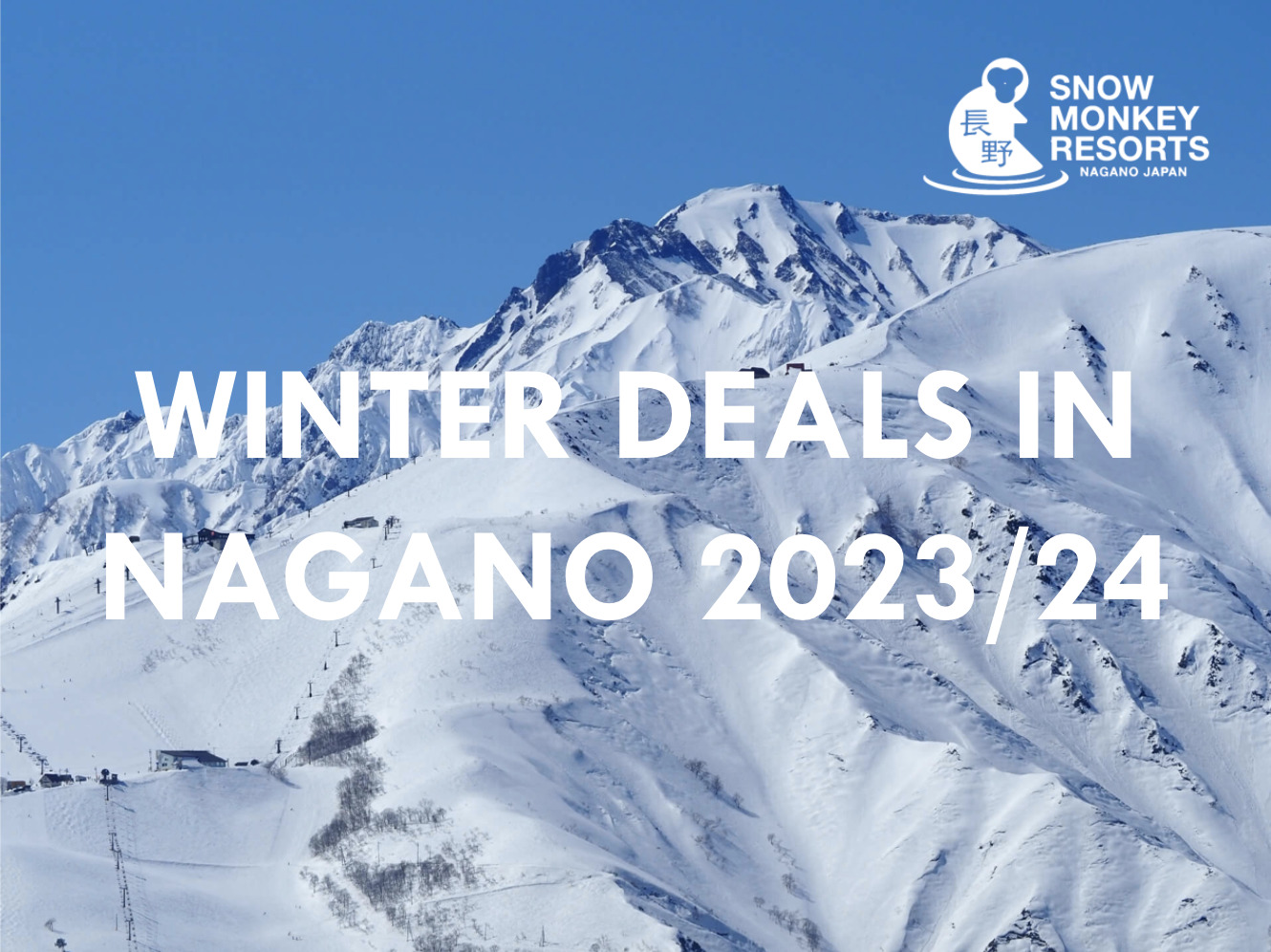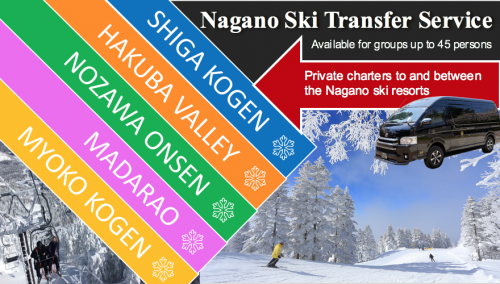Snow Monkey Park Throughout The Year
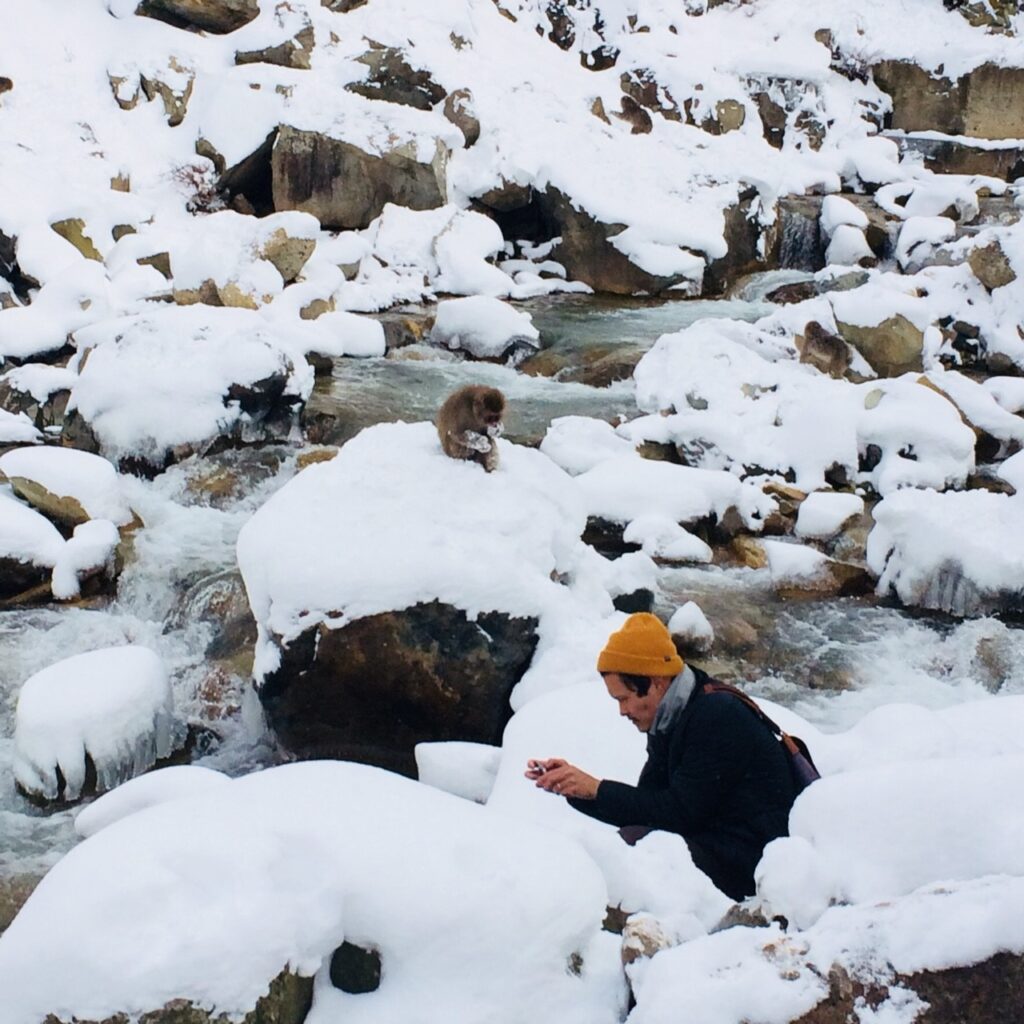
Most famous for their love of hot springs and antics in winter, the monkeys do in fact come to the park all year round! Each season offers its own reasons to visit. Winter is by far the most popular season while spring, summer and autumn are notably quieter… at least in terms of the number of humans in the park! The monkeys behaviour and routine is reliable throughout the year. While there can be some fluctuation in the times they come to and leave the park each day, visitors to the park can be confident that the monkeys will come almost everyday of the year.
ー Fall / September to November
ー Tours and Charters to the Monkey Park
WHEN TO VISIT THE PARK
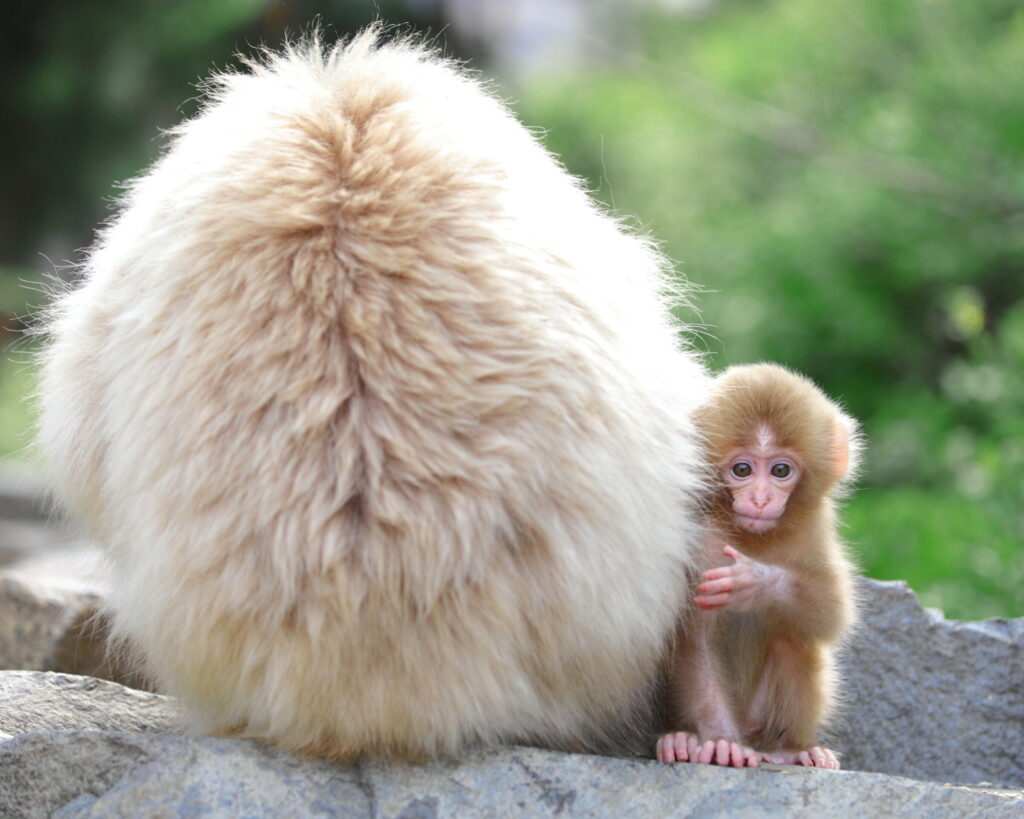
The monkeys are of course wild, meaning their behaviour and presence in the park cannot be guaranteed. In the end, this is a big part of the attraction! As wild animals, the monkeys are free to come and go as they please with nothing forcing them to stay in the park. On most days, they will be in the park by the time it opens but of course, there are days when they are a little slow in arriving, distracted by food in the forest and other monkey business.

Over the course of the year, our recommendation is to aim for the middle of the day, between 10:30 and 14:30. It is rare for the monkeys not to be in the park at that time. There will of course be occasional days when few or no monkeys come. Most likely to occur in autumn (please refer below for the reasons and our suggestions), thankfully these days are indeed rare. Visitors in autumn should not let this stop them from coming. With the changing colours of the autumn leaves, it is the most beautiful time of year in Nagano and the ideal season to combine your visit to the park with one of the region’s many outstanding autumn attractions.
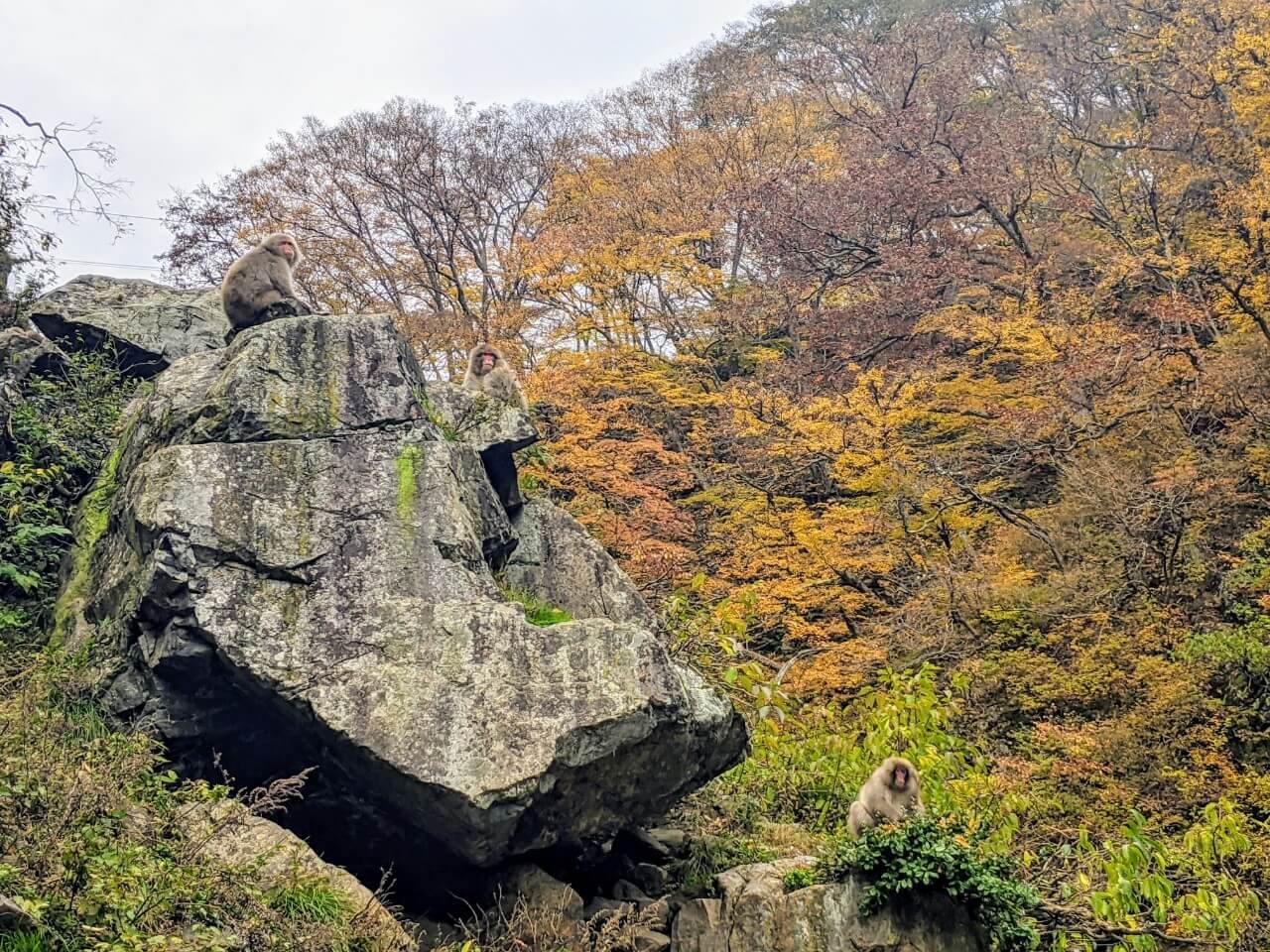
Regardless of when you are visiting, our ‘Jigokudani Monkey Park’ activity page includes tips and suggestions for getting the most out of your visit. For information regarding opening times, entry tickets and access please refer to our ‘Snow Monkey Park Information’ page, while our ‘The Snow Monkeys FAQ’ page answers the most common questions when planning a visit.
WINTER / December to March
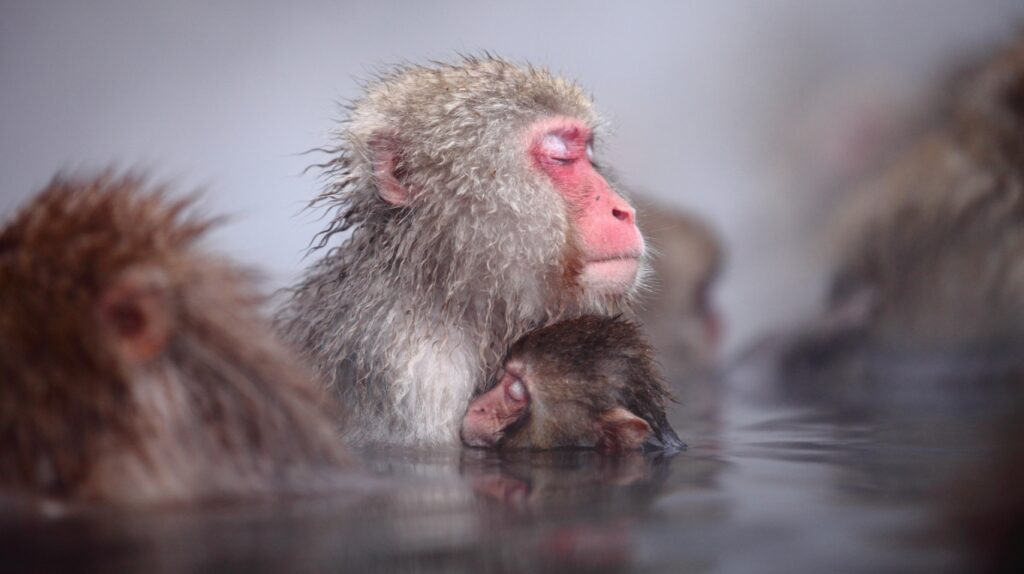
1 Day Tour
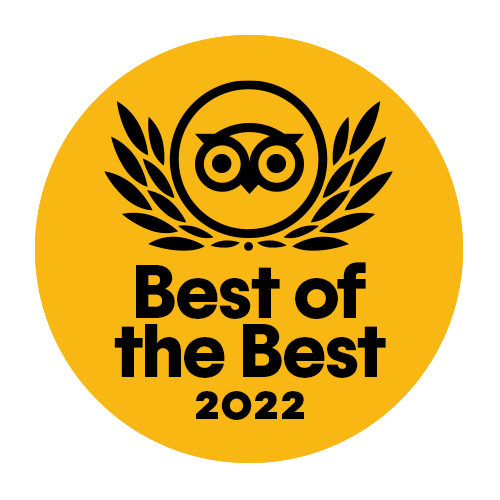
| 1-Day Tour: Snow Monkeys, Zenko-ji Temple & Sake in Nagano | |
| Period | All Year Round |
| Time | 09:35 – 17:35 |
| Meeting Place | Nagano Station Hakuba (winter only) |
| Adult Rate | ¥17,800 |
| Child Rate | ¥11,000 |

By far the most popular time of year for visitors, winter brings heavy snow to the park and encourages the monkeys to spend lots of time in the onsen. Given the cold, snow and absence of wild food in the mountains, the monkeys behaviour through winter is very reliable. Visitors can expect them to be in the park from opening at 9AM and to remain there all day, until the park closes. Of course, there will be some fluctuation in their behaviour, especially if there is heavy snowfall on the day.
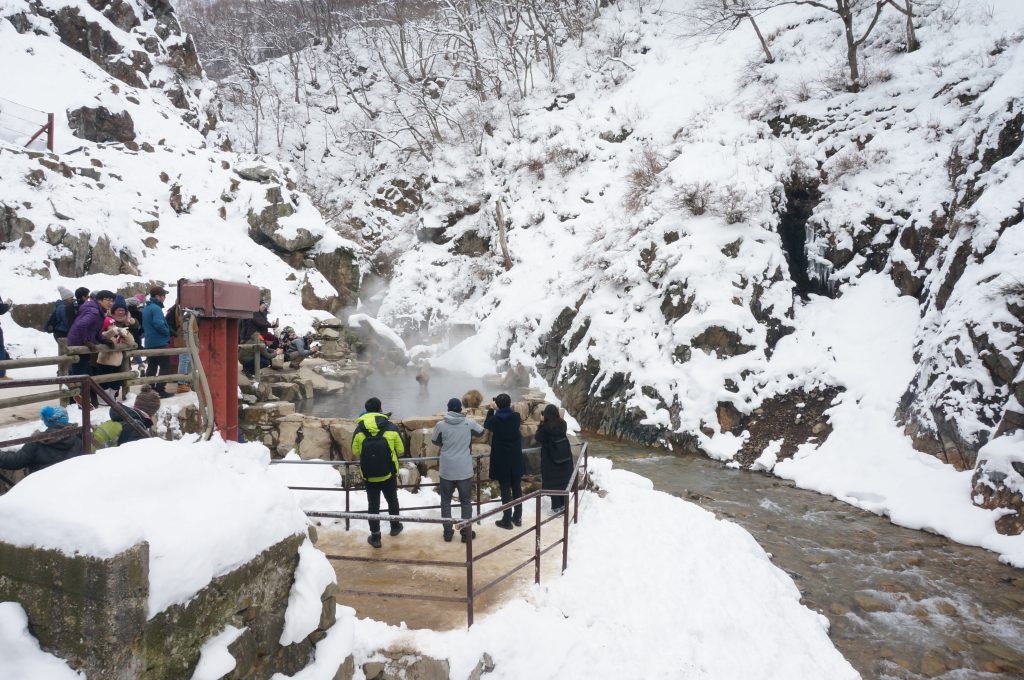
From early-December onward, visitors can expect the first snow in the park with temperatures falling rapidly – expect a temperature of between 0°C to 10°C during the day – before late-December sees winter take hold with a likely daytime temperature of only 0°C or below. In January and February the temperature can get as low as -10°C to -15°C, so make sure you dress warmly and wear appropriate footwear.
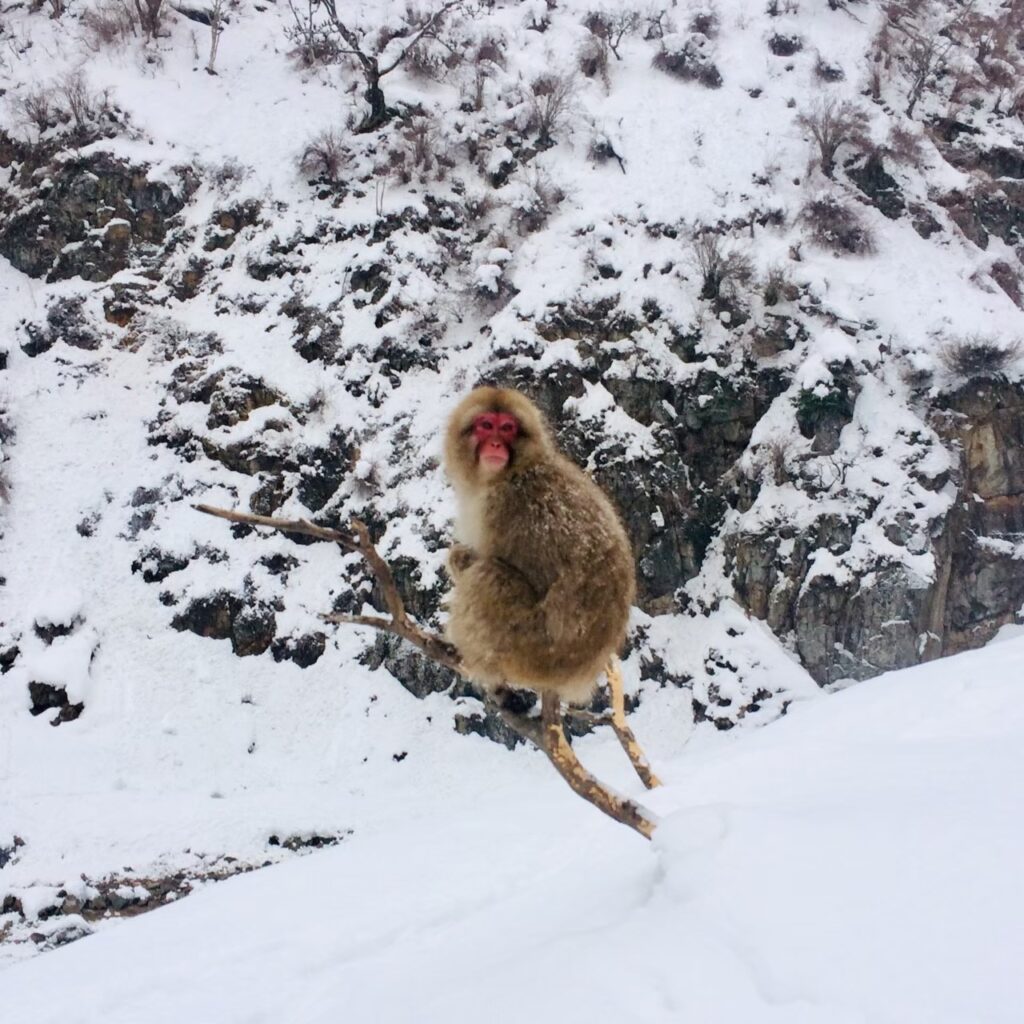
1 Day Tour
| 1-Day Tour: Snow Monkeys & Snow Fun In Shiga Kogen | |
| Period | December to March |
| Time | 08:45 – 17:30/18:00 |
| Meeting Place | Nagano Station Snow Monkey Park Area |
| Adult Rate | ¥21,800 |
| Child Rate | ¥13,300 |

During winter the trail and park are likely to be affected by snow and ice, so proper footwear is essential. It is always worth be prepared for the walk to the park in winter with rental boots and winter clothing are available at the Snow Monkey Resorts Gift & Info Shop.
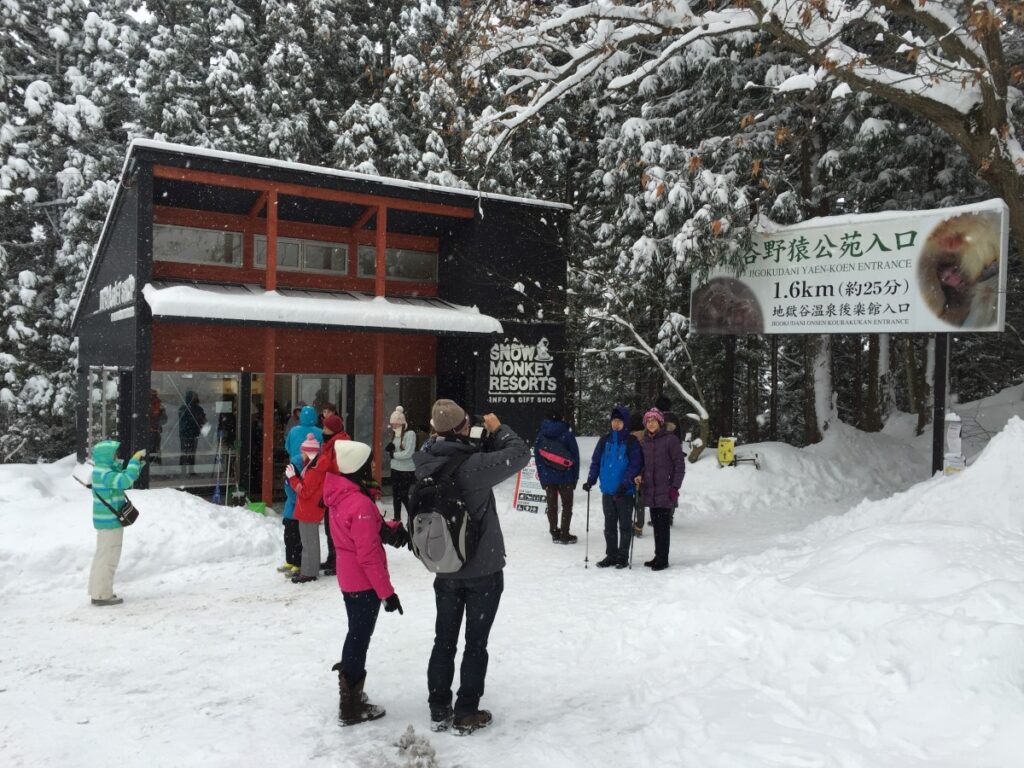
From late-December through January, it is peak season and visitors can expect to share the park with many others. With the snow piling-up, this is the most likely time to capture that iconic shot of many monkeys sitting in the hot spring.
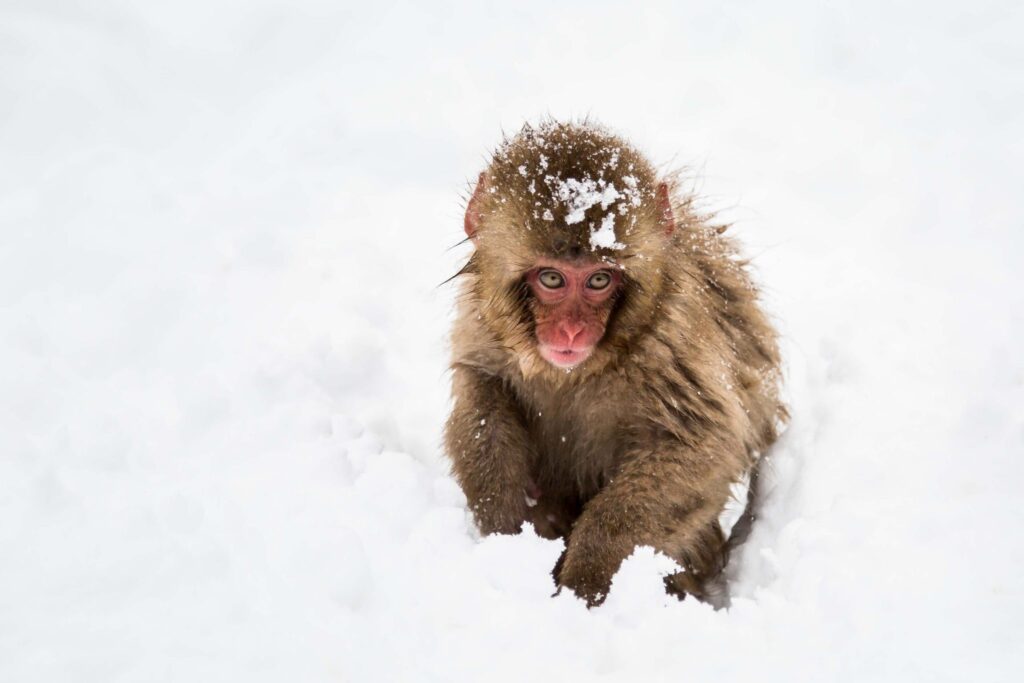
Although each year is different, snow is likely to continue through February and into March before the warming weather heralds the beginning of spring.
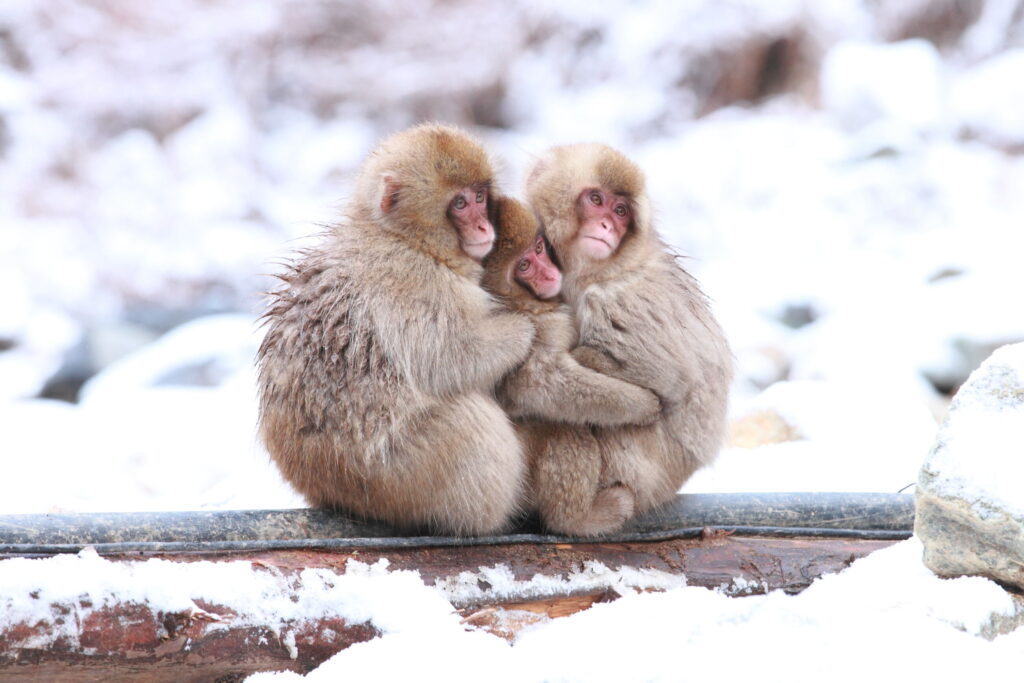
For our recommendations for things to do in and around the monkey park in winter, please refer our ‘Winter (Dec-Mar) at the Jigokudani Monkey Park’ page.
SPRING / April to May
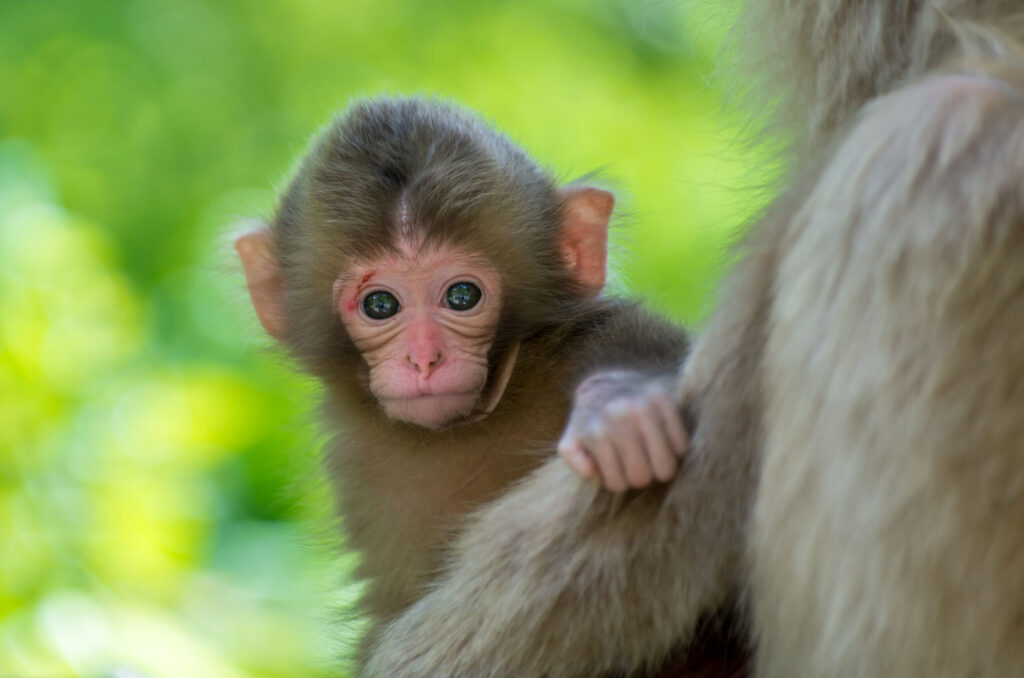
It goes without saying that the exact timing of the seasons fluctuates each year and no more so than the start of spring. The weather and temperatures in April will vary quite a lot, with some days still cold and bringing the possibility of snow while others are suddenly warm, as though spring has firmly taken hold. The weather will typically go up and down through spring however one thing is certain, peak season at the park is over and visitor numbers will be much lower. The snow will have mostly melted leaving the landscape bare. Daytime temperatures are likely to between 10°C and 20°C but be prepared that it can suddenly dip, with the possibility of around 5°C.
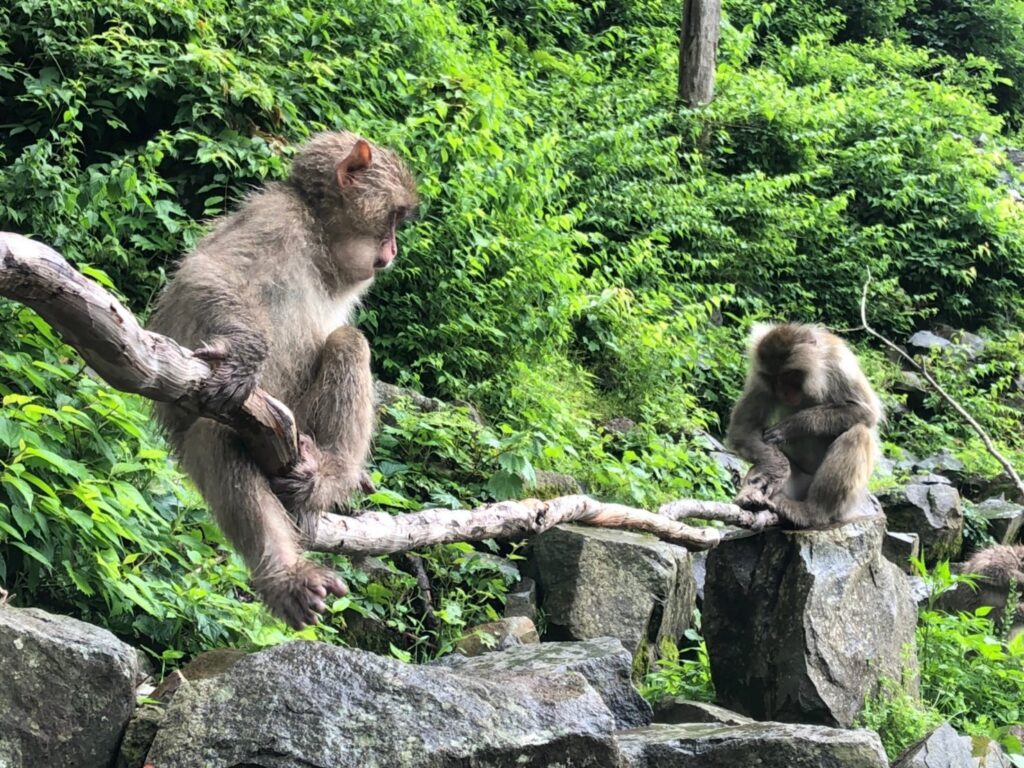
As the weather warms and the landscape quickly turns green with new vegetation, the monkeys will become more active. Happy to be free of the clutches of spring, they forage, wrestle and fight while still spending protracted periods of time in the onsen.

Spring offers two special reasons to visit – cherry blossoms and baby monkeys! Nagano’s higher altitude sees the cherry trees come into bloom later than Tokyo and Kyoto. Again, each year is different but you can expect Nagano’s blossoms to be at their best from early to mid-April, with the trees leading up the monkey park usually bloom as late as the end of April.
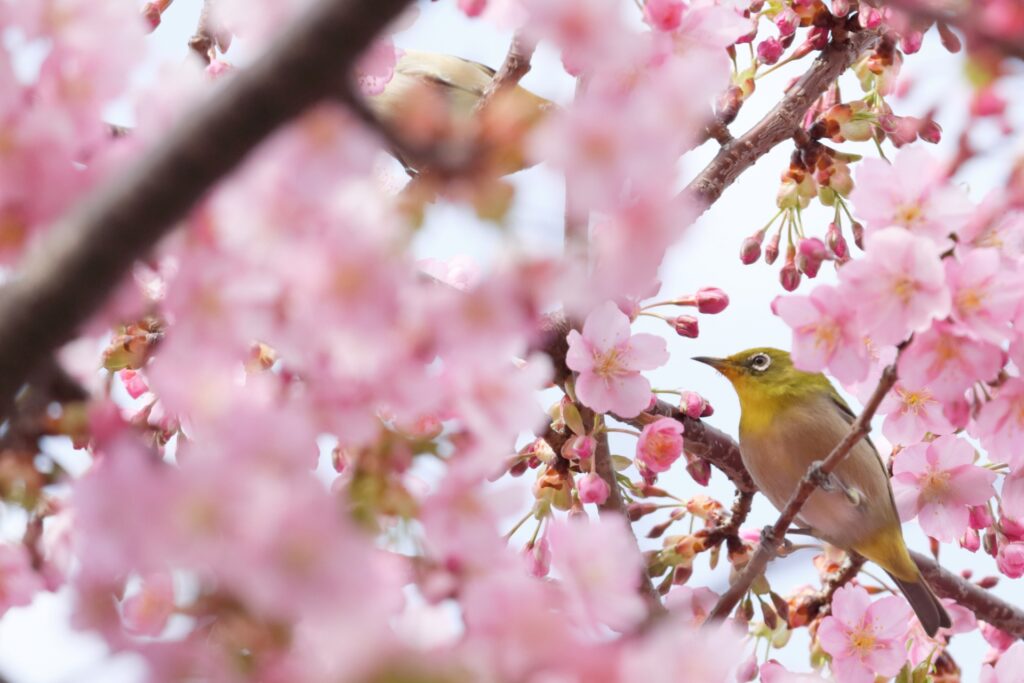
1 Day Tour
| [Spring Only] 1-Day Tour: Snow Monkeys & Cherry Blossoms in Nagano | |
| Period | April |
| Time | 09:35 – 17:30/18:30 |
| Meeting Place | Hotel Kokusai 21 Nagano Station |
| Adult Rate | ¥17,800 |
| Child Rate | ¥11,000 |

Around this time, the first babies of the year will appear in the park. Pregnant through winter, expectant mothers will retreat into the mountains to give birth before reappearing around a week later.
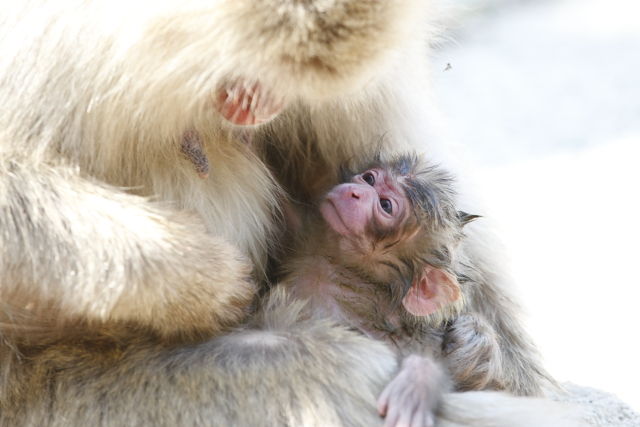
Witnessing these gorgeous little creatures held tight by their mother and soon taking their first awkward steps in the world, is a truly special sight and highlight of any visit to the park. For our recommendations for things to do in and around the monkey park in spring, please refer our ‘Spring (Apr-May) at the Jigokudani Monkey Park’ page.
SUMMER / June to August
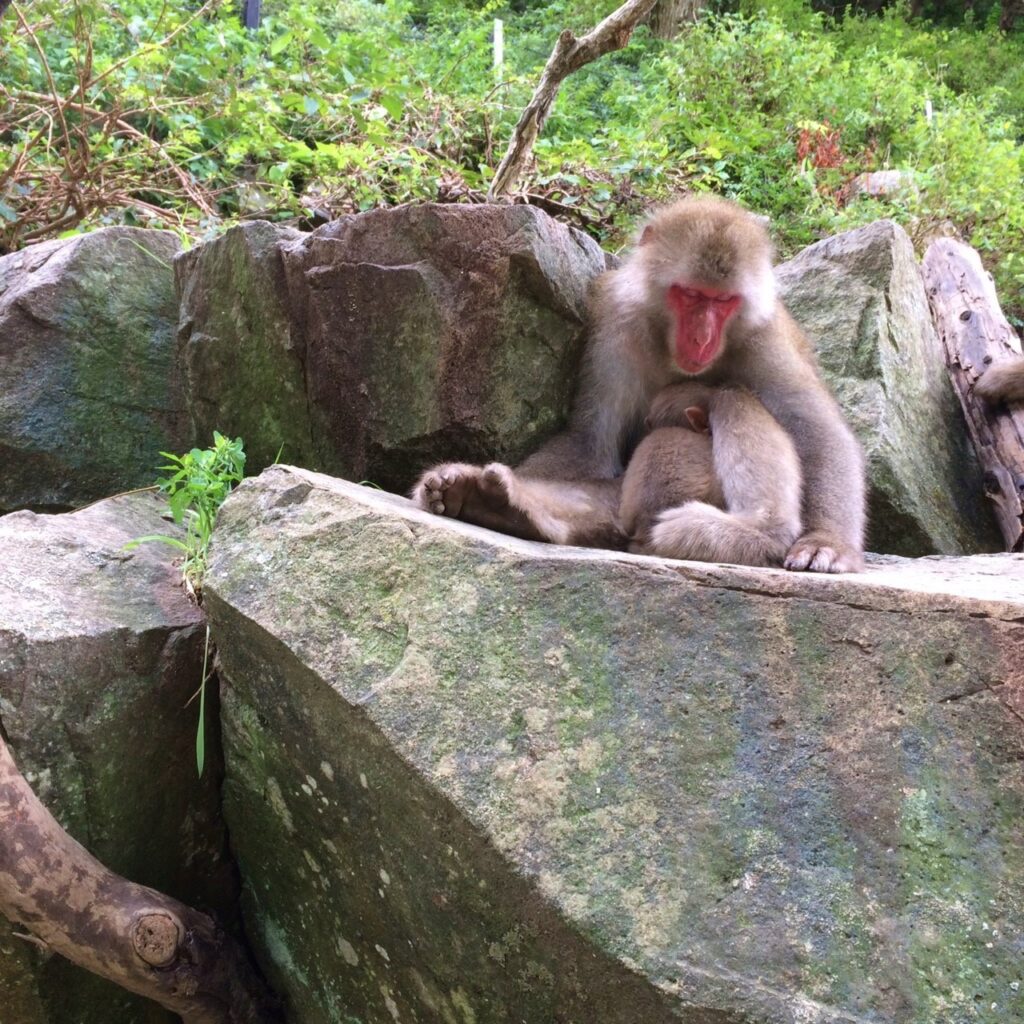
Things heat-up in mid-June through to August as the notorious Japanese summer takes hold. Memories of snow and cold are now distant at best, as the older monkeys retreat to the shade of the lush foliage that now covers the park. As the temperature rises, Japan will enter its wet season around mid-June. High temperatures of around 30°C will be punctuated by sudden, heavy downpours. The humidity will rise, creating sticky days that will gradually become less comfortable.
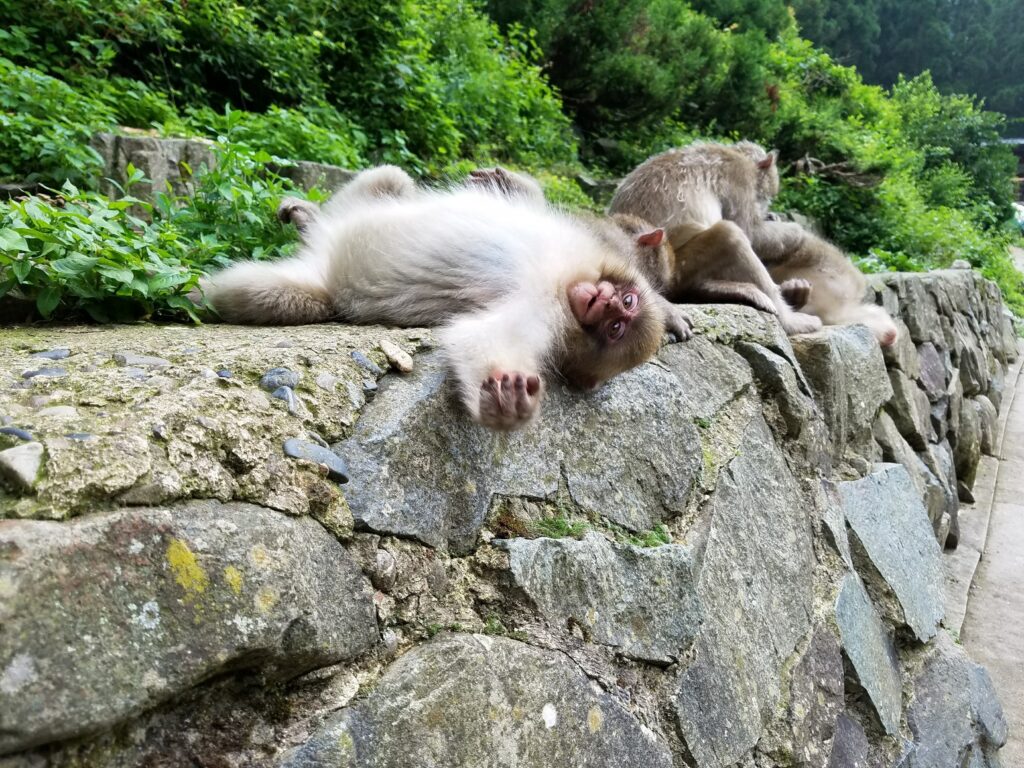
Around mid-July, summer will really take hold and from that time on and until late August, visitors to Japan can expect daytime temperatures between 30°C to 40°C with high humidity in the coastal cities. There is no escaping the fact that this is uncomfortable weather – however, for that reason, it’s a great time to escape the cities and head to the park, where it will be notably cooler.
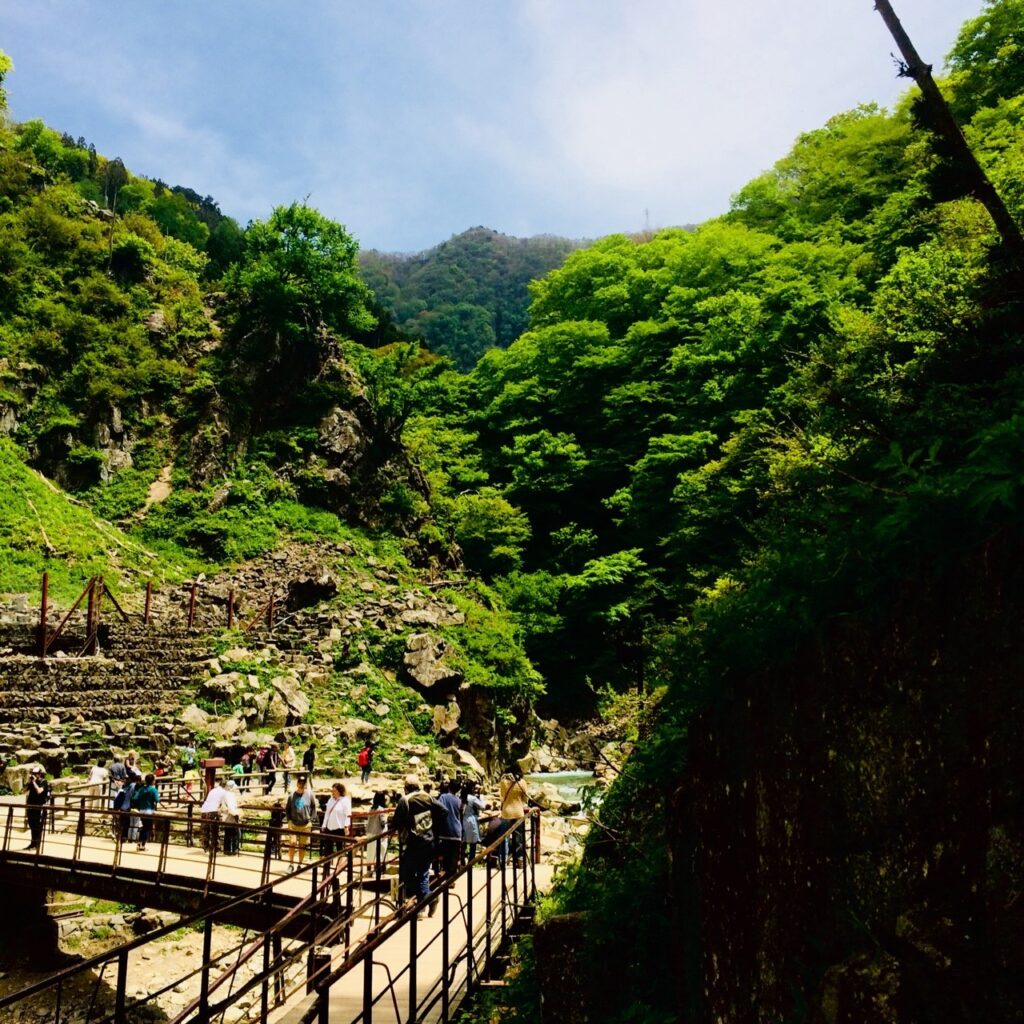
Visitors to the park in summer should factor this in, take their time and go slow. Enjoying a drink, snack or meal at one of the cafes and restaurants nearby the park – including the always popular Enza Cafe and delicious lunch experience at Hotaru-tei – in the shade and natural surroundings of the park, is a great way to beat the heat of the Japanese summer.
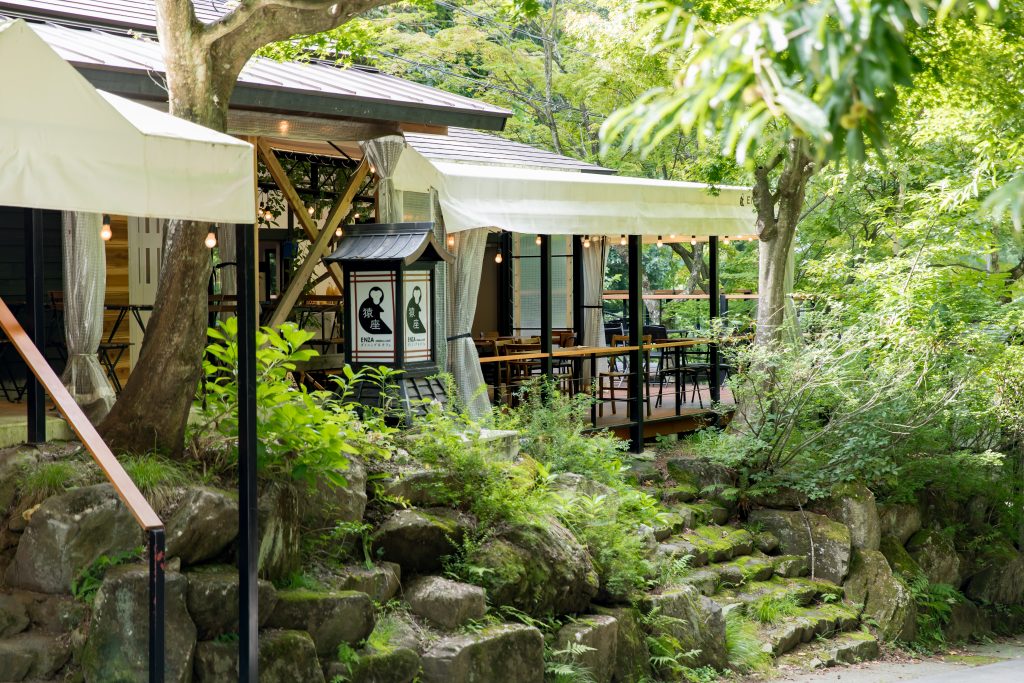

This is the quietest time of year at the park for visitors, allowing you plenty of space and time to enjoy the monkeys and get some terrific photographs. The older monkeys take it easy and relax in the shade in the lush of the green growth now covering the park.
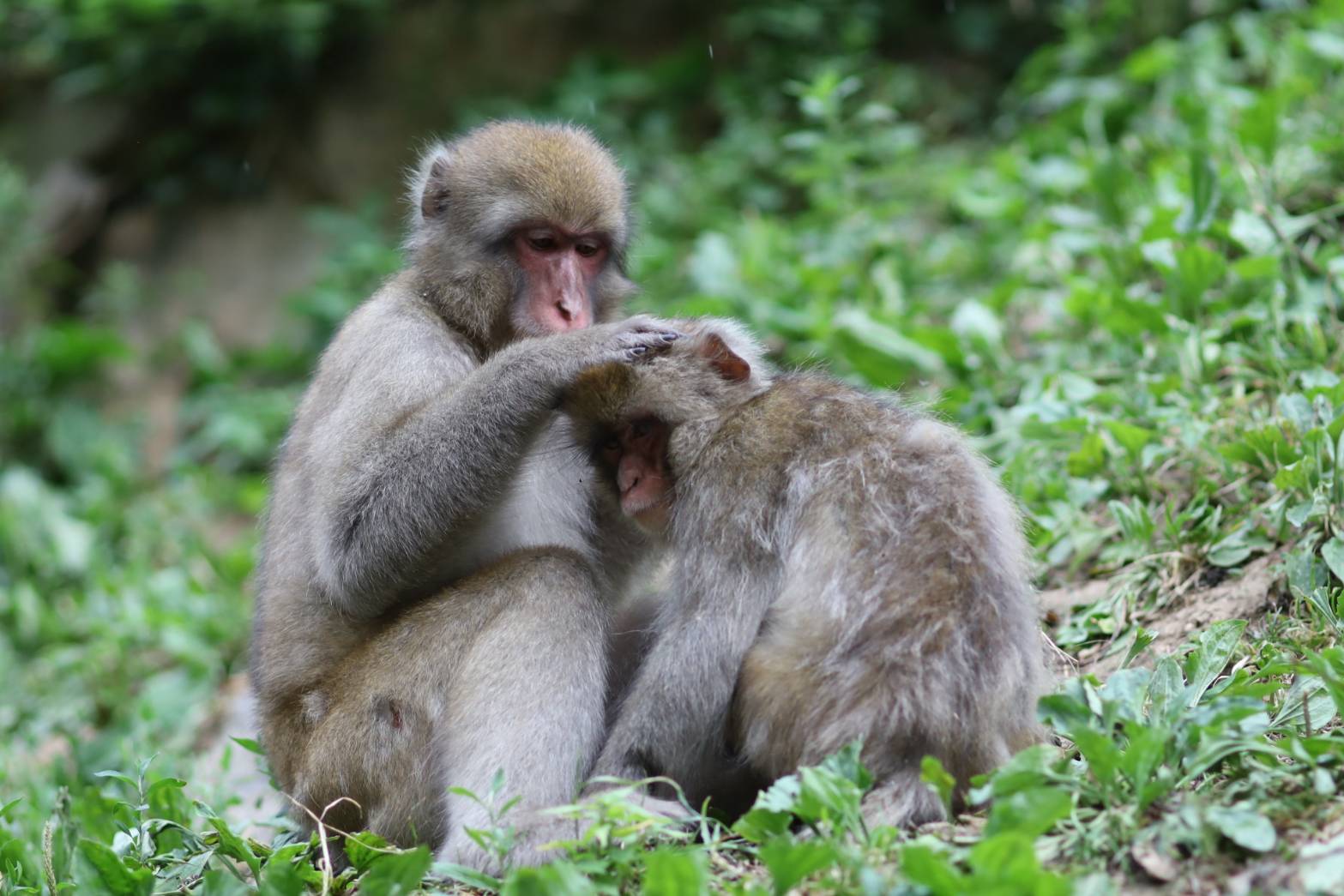
The younger monkeys are still active, enjoying nothing more than diving in the hot spring and swimming with their friends while the new babies are just getting started. Following their older siblings and cousins they begin scurrying around the park and first – usually unsuccessful attempts – to climb trees, clamber over rocks or swim in the hot spring. A truly adorable sight!
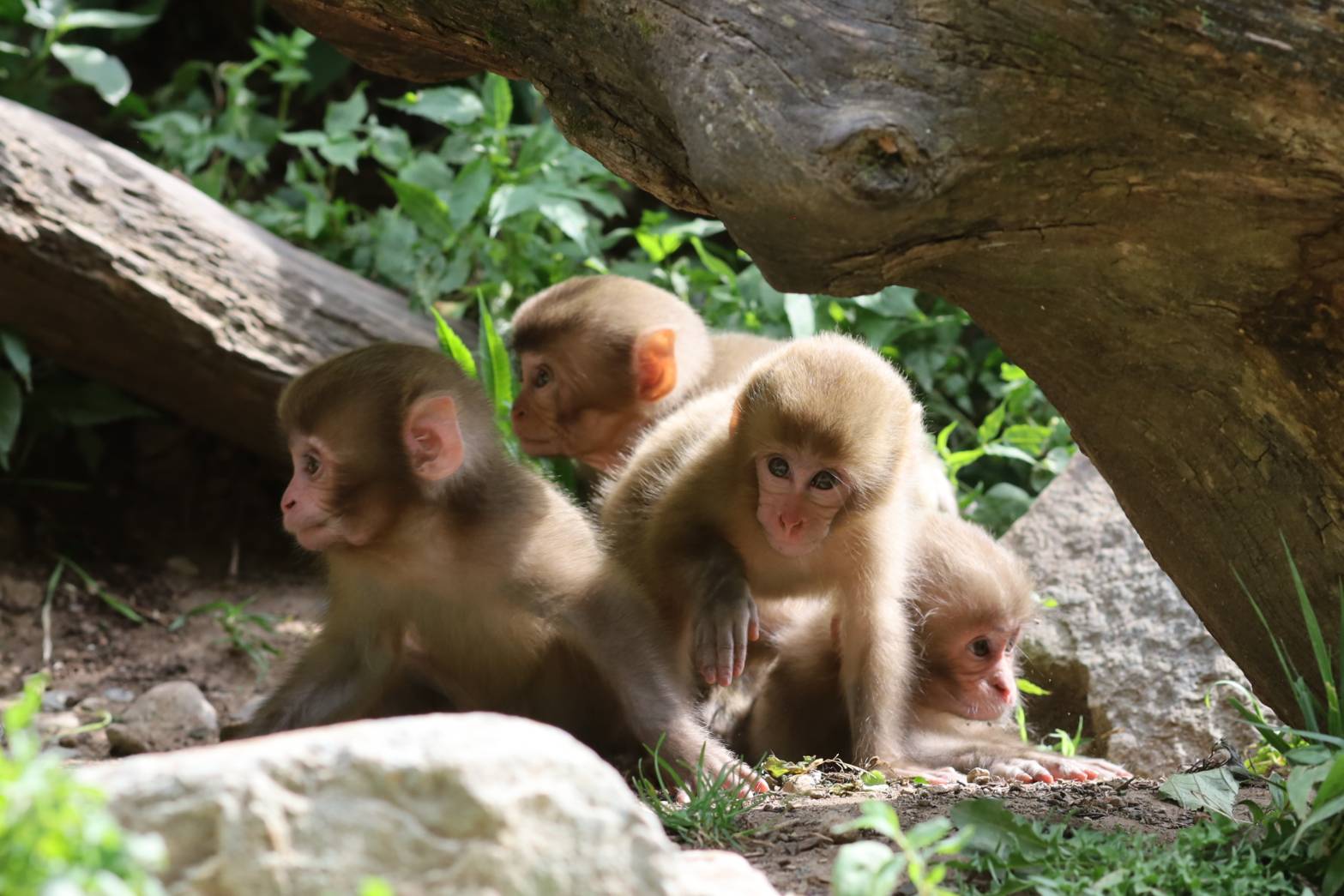
For our recommendations for things to do in and around the monkey park in summer, please refer our ‘Summer (Jun-Aug) at the Jigokudani Monkey Park’ page.
AUTUMN / September to November
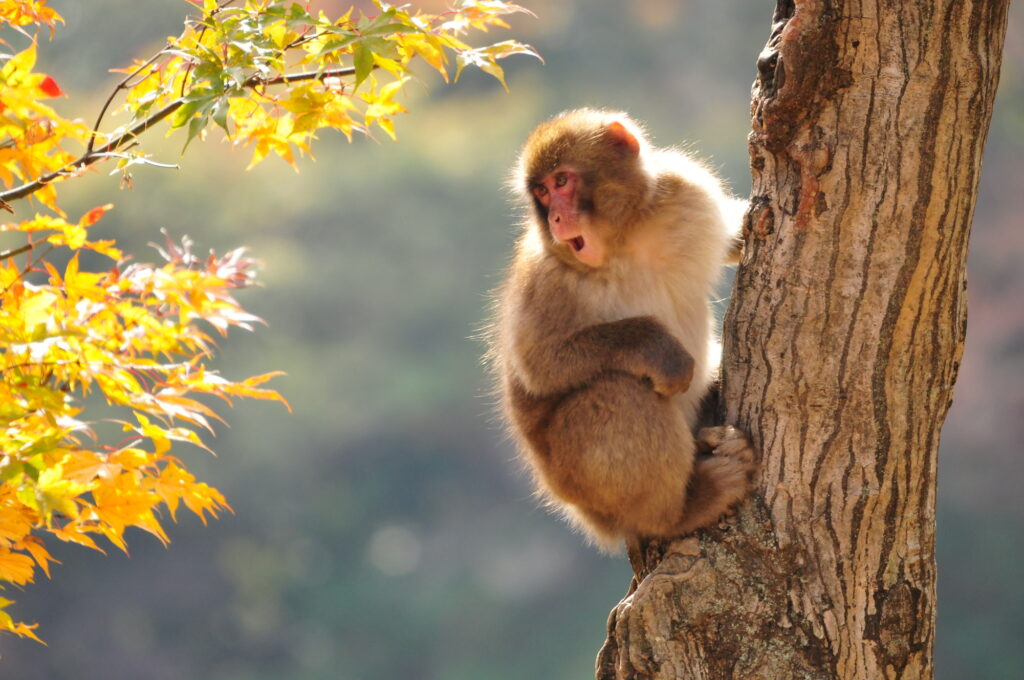
The true summer heat will start to dissipate in September, as heading in October, autumn takes hold with the landscape slowing turning red, gold, amber and brown. Known as ‘koyo’ in Japanese, the stunning leaves of autumn make October and November a great time to visit to the park. From September to November there will be a big variation in temperature. Expect temperatures of between 20°C to 30°C to begin – thankfully, without the humidity of summer – before late-October and into November bringing daytime highs of between 10°C to 15°C . Usually sunny with big blue skies, this is a lovely time of year to visit.
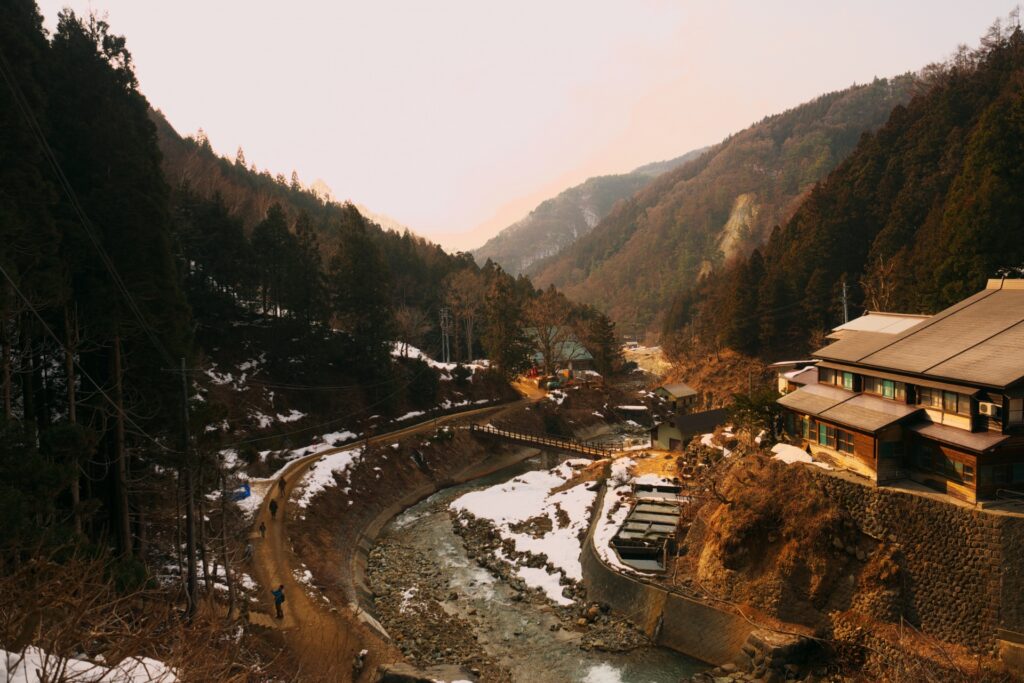
Autumn is also a time of abundance. With the forest full of wild fruit, nuts and more, the monkeys are their happiest. It is also mating season, so they are well and truly preoccupied. As a result, there are days in the autumn when the monkeys might not come. But this is rare. It is more likely that they will come to the park later than usual. When visiting in autumn, it’s a good idea to aim for the middle of the day – from 11AM to 3PM – just in case the monkeys feel like coming later and planning to spend a little longer there to accommodate their monkey schedule.
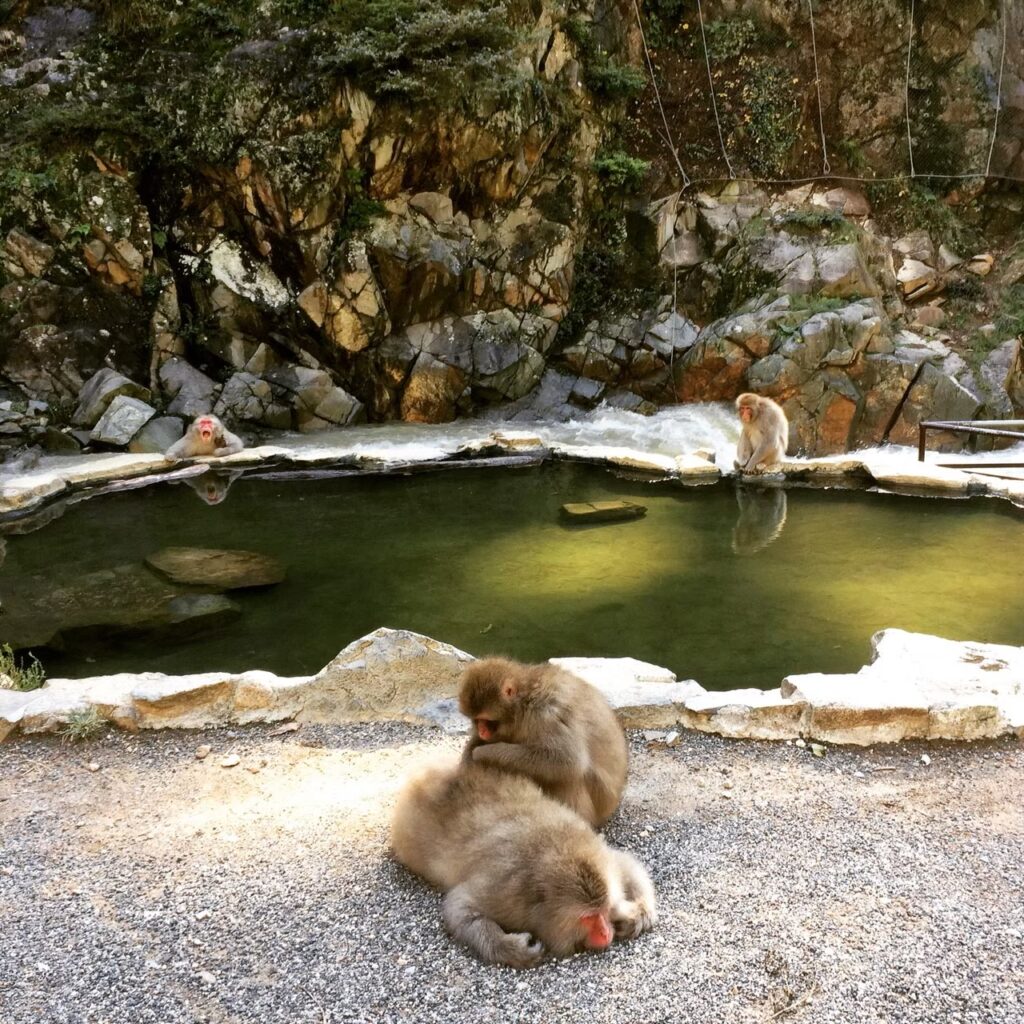
As such, it is a great time of year to combine your visit to the monkeys with some of Nagano’s best locations for seeing the autumn leaves including nearby Shiga Kogen and Togakushi, or slightly further destinations including Kamikochi, the Tateyama-Kurobe Alpine Route and the Nakasendo Trail.
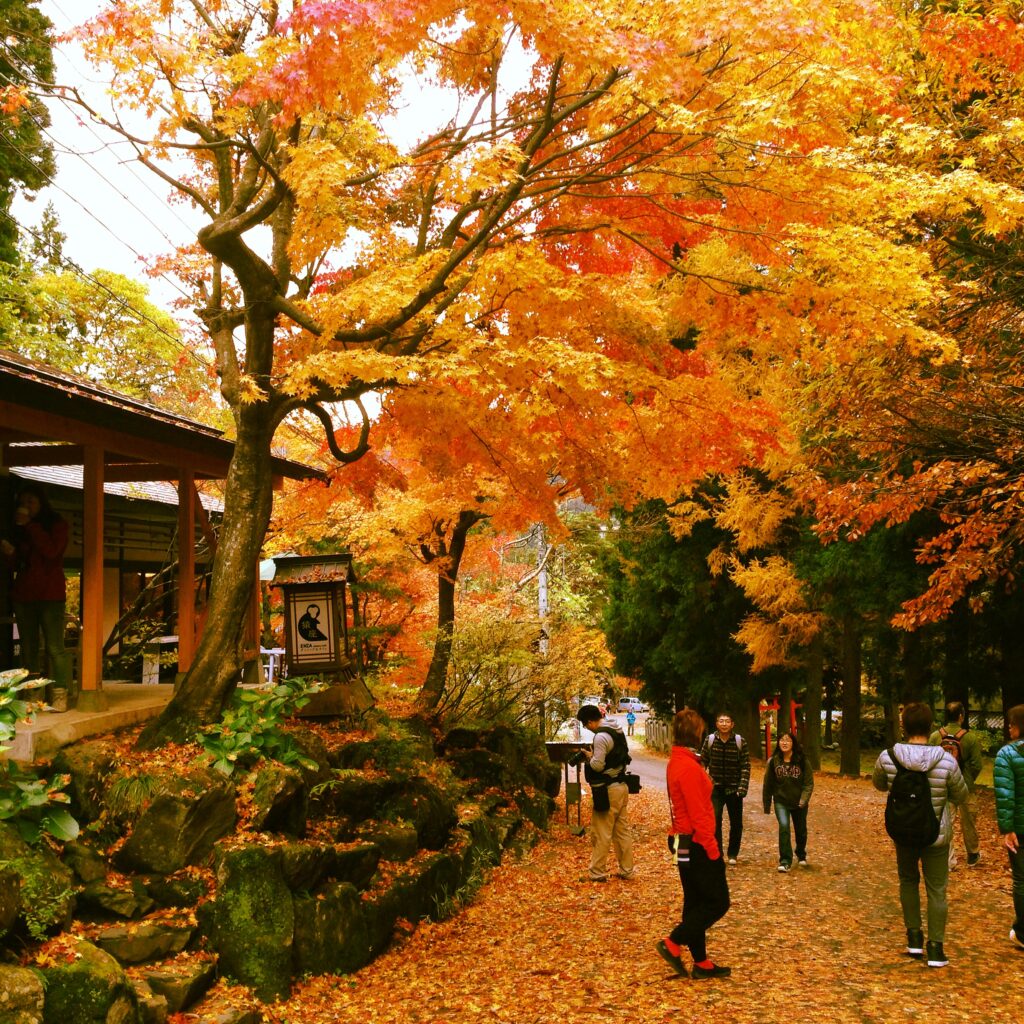
For our recommendations for things to do in and around the monkey park in autumn, please refer our ‘Autumn (Sep-Nov) at the Jigokudani Monkey Park’ page.
TOURS AND CHARTERS TO THE MONKEY PARK

As Nagano’s No.1 tour operator, we are proud to offer multiple tours that combine a visit to the Snow Monkey Park with other fun local activities. No matter the season, we can help you make the most of your time in Nagano. Whether with your family or friends, or on your own, we are sure to have something that suits your needs!
1 Day Tour

| 1-Day Tour: Snow Monkeys, Zenko-ji Temple & Sake in Nagano | |
| Period | All Year Round |
| Time | 09:35 – 17:35 |
| Meeting Place | Nagano Station Hakuba (winter only) |
| Adult Rate | ¥17,800 |
| Child Rate | ¥11,000 |

Our most popular offering is our “1-Day Tour: Snow Monkey Park, Zenkoji Temple and Sake in Nagano“. Guests on this delightful excursion will first be treated to Sake Tasting and a guided tour of the historic Zenkoji Temple in Nagano, including lunch at a nearby restaurant.
With the first half of the tour complete, you will then depart for the Monkey Park on our private tour vehicle. Once you have arrived your guide will lead the way up to the place the Monkeys call home, before you once again board the bus and return to your starting destination.
1 Day Tour
| 1-Day Tour: Snow Monkeys & Snow Fun In Shiga Kogen | |
| Period | December to March |
| Time | 08:45 – 17:30/18:00 |
| Meeting Place | Nagano Station Snow Monkey Park Area |
| Adult Rate | ¥21,800 |
| Child Rate | ¥13,300 |

For those guests coming in the Winter, we also offer the “1-Day Tour: Snow Monkeys & Snow Fun in Shiga Kogen“, combining exciting snow activities such as sledding and riding snow scoots with a visit to the Monkey Park. Lunch is also included, making for the perfect day trip for anyone looking to experience what winter in Nagano is all about!
1 Day Tour
| [Spring Only] 1-Day Tour: Snow Monkeys & Cherry Blossoms in Nagano | |
| Period | April |
| Time | 09:35 – 17:30/18:30 |
| Meeting Place | Hotel Kokusai 21 Nagano Station |
| Adult Rate | ¥17,800 |
| Child Rate | ¥11,000 |

Another unforgettable tour is our “1-Day Tour: Snow Monkeys & Cherry Blossoms in Nagano“. Including two of Japan’s most amazing natural spectacles, the blooming of the Cherry Blossoms and the hot-spring loving monkeys of Jigokudani, this offering is the easiest way to enjoy a relaxed spring day in Nagano.
Private Tour
| [START FROM NAGANO CITY] Private Snow Monkey Tour | |
| Period | All Year Round |
| Time | 09:00 to 17:15 ~ 18:30 |
| Meeting Place | Any location in Nagano City |
| Price | ¥122,000 ~ / group |

For those who want a more customized experience, we also offer private tours of the Snow Monkey Park and nearby attractions such as Zenkoji Temple. For more information, please click the link above or send us an inquiry describing your ideal itinerary.
CHARTER A VEHICLE TO THE SNOW MONKEY PARK!
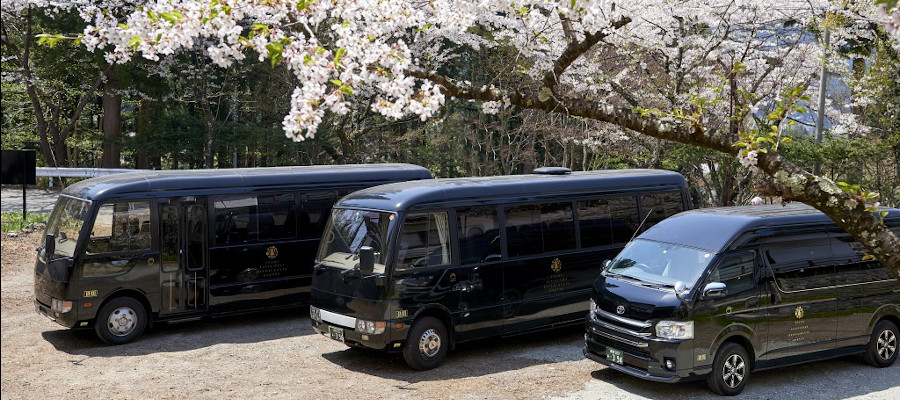
For those interested in private charter services, we would be pleased to provide a vehicle and propose an itinerary to suite your needs! Please see our charter page and send us your trip details so we can can start planning your journey together.
NEED ASSISTANCE WHILE AT THE PARK?
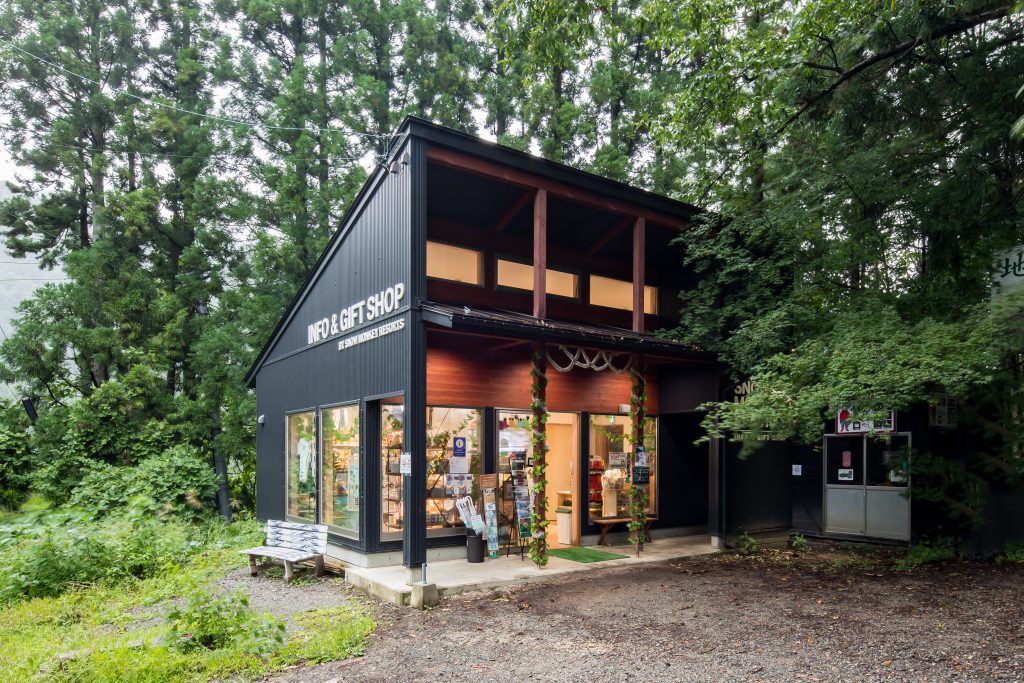
Need assistance while at the park? The Snow Monkey Resorts Info & Gift Shop is located at the entrance of the trail leading to the Jigokudani Monkey Park. Offering a range of services including winter rentals and English language information, luggage storage, along with monkey merchandise and souvenirs including official Snow Monkey Resorts products, the SMR Info & Gift Shop has you covered when visiting the park. Open from early October until late May, 9AM to 5PM, English-speaking staff can answer your questions on your way to and from the park including bus timetables and information about nearby attractions.


